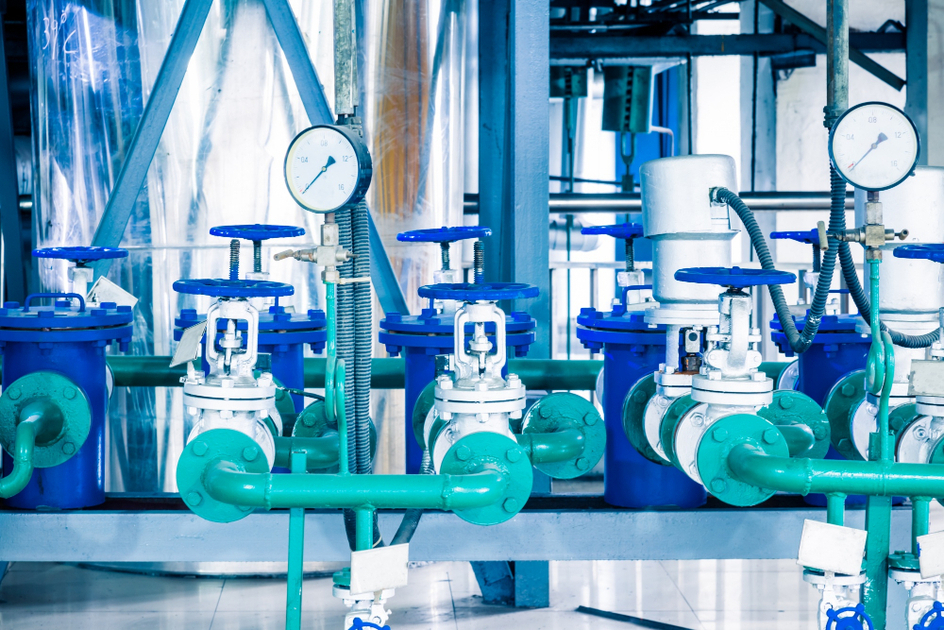
The total Dynamic Head in an industrial pump refers to the total pressure when water is flowing in a particular system. It has two parts: the vertical rise and friction loss. In this blog, we explain to you the complete calculation of the TDH. So let’s get started.
Broadly, the TDH of a pump can be calculated by following these steps:
- Calculate the value of the vertical rise
- Find out the friction losses in the system as the water passes through the pipe and other components
- Add both these values to arrive at the TDH.
- How to calculate the vertical rise:
As the name suggests, this parameter seeks to calculate the distance up to which the liquid has to rise from its starting point in the system below to the endpoint. If the liquid level at the bottom goes down, the vertical rise will naturally increase. Likewise, in case the level of liquid rises at the bottom, it has to rise over a shorter distance to reach the endpoint, and hence the vertical rise will decrease. With the increase of the value of vertical rise, the TDH also increases.
- How to calculate friction loss:
To find out the friction loss, it is necessary to calculate the desired flow. The greater the flow going through your pipes more will be the loss due to friction. Friction loss also depends on the type of pipe in use, its vertical and horizontal length, and its schedule. You must also factor in the elbows, valves, connectors, or other components that come in contact with the liquid, and hence contribute to the friction loss.
- The result: Total Dynamic Head calculation:
As stated earlier, TDH is simply the summation of vertical rise and friction loss. To arrive at the TDH value, first ensure both are in the same units of length, say feet. For instance, if the vertical rise in the worst-case scenario is 25 feet, and the friction loss of the system is 6 feet, the TDH value would be 31 feet.
- Alternative scenario:
Always considers the worst-case scenario in case of vertical rise to ensure you have sufficient amount of TDH. For instance, in the above case, if the water level never goes below 5 feet, the vertical rise will always be 20 feet and hence the TDH value will only be 26 feet.
Other Considerations When Calculating Total Dynamic Head
A few other factors also have an impact on the Total Dynamic Head. These include viscosity, specific gravity, and temperature. The specific gravity of a liquid can slightly alter the friction losses. Likewise, viscosity can significantly increase friction losses.
For any information on centrifugal pumps, multistage centrifugal pumps, horizontal multistage pumps, or vertical pumps, feel free to call us at 022 43436655 or email us at marketing@vemc.co.in. VEMC is the authorised Kirloskar dealer that deals in the entire range of pumps suited for various operations. VMC is an ISO 9001:2015 certified company with a rich industry experience of 72 years.

